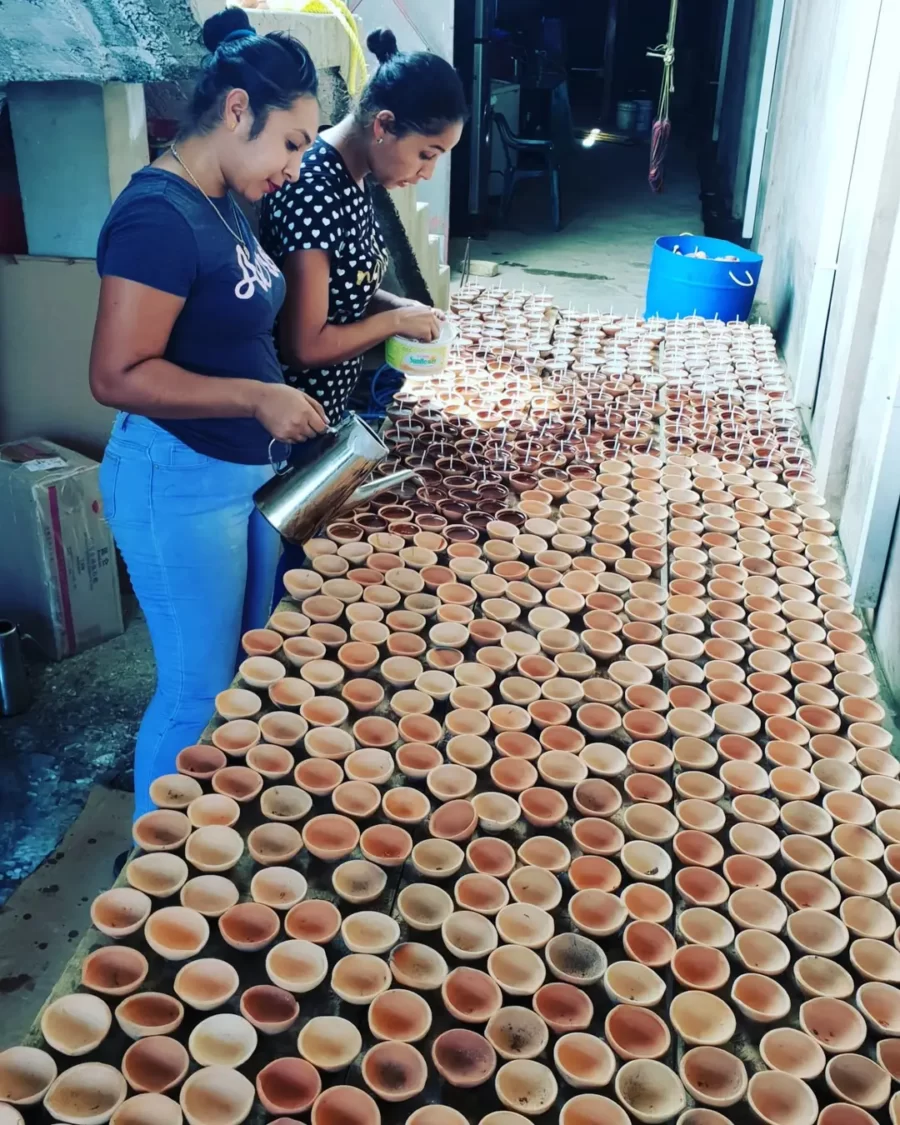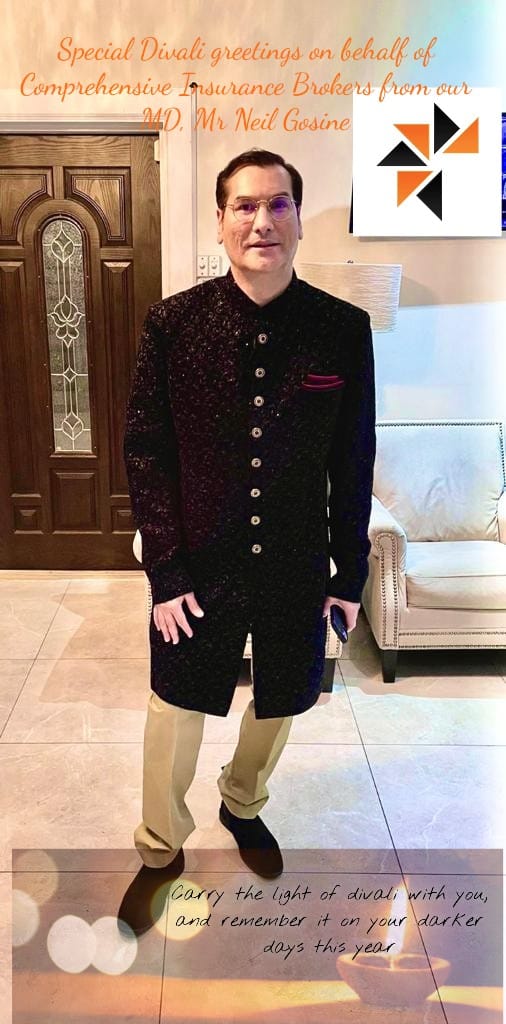‘Long time had more extended families so you would have more grandchildren and everyone to cooperate to have help to top up the deeya and put around the household’ – Donny Benny
By Annamarie Bourne
FOR three generations, the family of Donny Benny has been making deeyas.
Benny is the owner of Donny’s Pottery, a local manufacturer and supplier of clay and concrete products in Edinburgh Village, Chaguanas.

Benny, 37, has been in the pottery business for more than 17 years. He inherited the business and learnt the art from his parents.
“I like how it is a cultural aspect of the art society. We continue to keep the tradition alive.”
Divali was brought to Trinidad and Tobago by Hindus who came as indentured labourers in 1845. The celebration is marked as a public holiday. It is called the Festival of Lights that symbolises the lifting of spiritual darkness.
It is a celebration of good over evil and light over darkness. The word “Divali” is a variation of the Sanskrit word “Deepavali” – Deepa meaning light and Avali, meaning a row. The aim of Divali celebrations is to get man moving on the spiritual path and ultimately attain illumination by becoming one with god.
Celebrations are not only held at temples and by religious groups, many communities and organisations have also embraced this festival with special events. At dusk, families and friends join together in the tradition of lighting deeyas around the home, in yards, open spaces, staircases and on bamboo frames. Before the lighting, Hindus undergo a period of fasting, praying for the blessings of Mother Lakshmi in their homes and poojas are done. After, there is a feast of food and Indian sweets are shared with others in the community. Devotees also clean their homes, wear new clothing and give charity to the needy.

One of the premier celebrations is held at the Divali Nagar site which is the official headquarters of the National Council of Indian Culture (NCIC).
The primary material needed for the deya is a special type of clay called sapatay clay, Benny said. He called this clay clean and noted that it should not have any impurities such as sticks or stones. Carlsen field and Valencia are the places he goes to get this clay.

The potter said that the deeya-making process involves soaking the clay and kneading it in a machine to get the correct texture. The machine is called a pug mill and it is then transferred onto a potter’s wheel and shaped by hand, Benny said. He noted that if there was debris in the clay, it can injure the operator’s hands. It is then baked with firewood and laid on shelves to dry. Coconut oil is then used to fill the deeyas and a cotton wick is placed inside.
Benny said, “We use the firewood from the sawmill to give the pots a kind of rustic look. A two-pronged colour, red with some black on it.”
He said there were different processes and noted that they do a more traditional way of baking. The business also hosts workshops for adults and children to educate them about the process and allowed them to use the wheel.
Benny makes about 2,000 deeyas daily. It takes him three seconds to make one. His business sells small, medium and large deeyas. They also make wax deeyas. Benny said children nowadays do not want to learn about the history and the traditional way.
He said, “Long time had more extended families so you would have more grandchildren and everyone to cooperate to have help to top up the deeya and put around the household.”
Benny explained that the type of deeyas bought depended on the household and the help. The older generation preferred the clay deeya compared to the younger generation, who wanted “the easy way out” with less work and mess.
He said, “A normal household, if they don’t have kids, they don’t have an extended family and without the help, some people like to use the wax deeyas which is a easy way out or they would use the electric deeyas.”
The business usually supplies pooja and variety stores. He also sells concrete sculptures and art pieces like flower pots and decorative or animal vases. Benny hoped for better sales this year since the Divali celebrations have opened up after the pandemic. The usual price for deeyas was $10 for a dozen and Benny said that sales were not promising. However, he said that there are usually a lot of last minute buyers.
He said, “At the cost of living as well, people won’t light the average 100% they light, so everybody will cut down like 40%. So I am just hoping everything turns out well.”
Benny said that the business was getting a lot of competition from Chinaware, glass, pottery and ceramic.
He said, “Growing up as a teenager I always want to carry on the business but I want to modernise and diversify the business into other products… I want it to keep a more traditional way than to the modern way and always to show people where the ancestors came from.”
Donny’s Pottery booths are located in Debe, Penal, Chase Village and Chaguanas.
Annamarie Bourne is a student at the College of Science, Technology and Applied Arts of Trinidad and Tobago doing her internship with AZP News.
![]()












